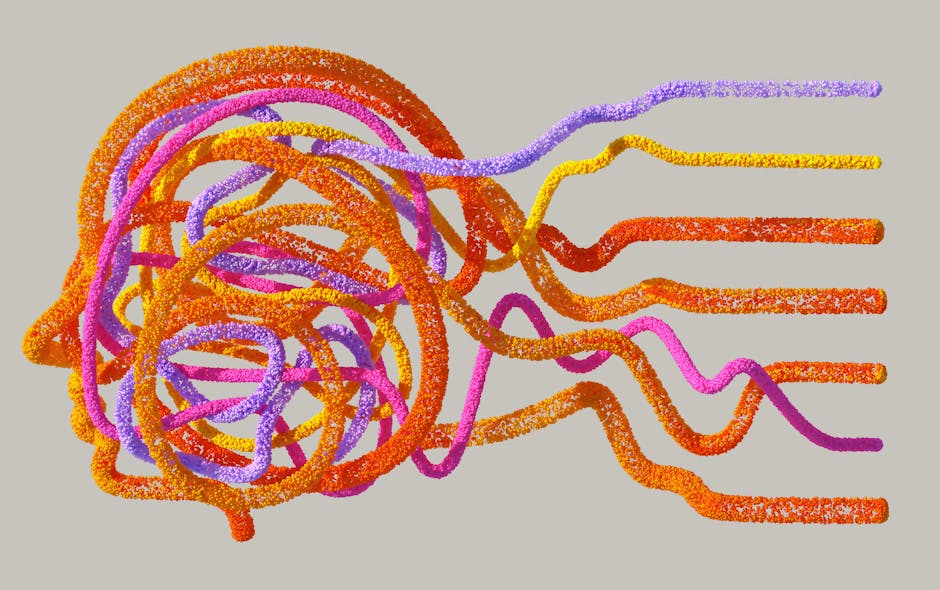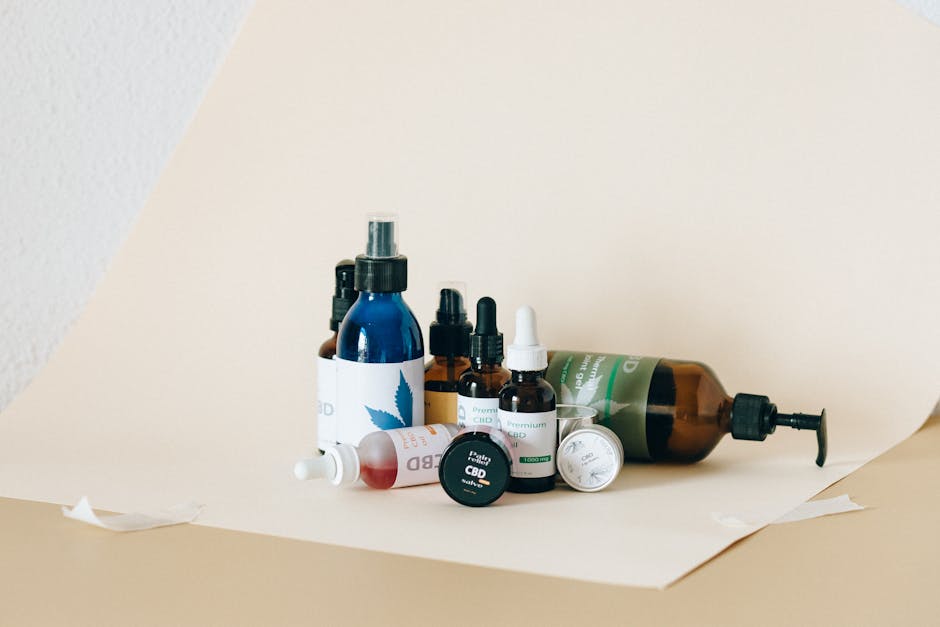The Aesthetic Age: Digital Art's Role in Skincare Branding
In today's visually-driven world, skincare and beauty product reviews increasingly mirror the broad spectrum of digital art influences shaping consumer perceptions. Welcome to the Aesthetic Age, where a brand's digital presence is as essential as the ingredients in their formulations. As consumers navigate a landscape inundated with infinite choices, digital art – through vibrant visuals, compelling storytelling, and interactive experiences – reshapes how skincare brands communicate their values and engage their audiences. This article delves into the fascinating intersection of digital artistry, branding, and consumer perception in beauty as we explore how these elements effortlessly intertwine.
The Visual Revolution in Skincare
The skincare industry has experienced a paradigm shift in its approach to branding and marketing. No longer are brands solely focusing on the science behind their products; they're utilizing striking visuals to create a compelling narrative. Digital art acts as a powerful tool that elevates a brand's story by employing vibrant colors, captivating illustrations, and engaging aesthetics that directly connect with consumers.
As noted by industry experts at Harvard Business Review, storytelling is now seen as integral to branding. When a brand's story is presented through visually captivating formats—like illustrations or video content—it resonates with consumers on a personal level. This enhances credibility, establishes trust, and ultimately influences purchase decisions.
By prioritizing visuals, brands can demystify complex ingredients and calming effects that a skincare product provides, subsequently increasing consumer confidence in their purchasing choices. Instead of focusing solely on the examination of ingredients, customers are motivated by emotional connections fostered by beautiful imagery.
The Role of Digital Art in Consumer Experience
Branding is about creating experiences, and in the beauty and skincare world, digital artists are foundational to building emotional connections. Consumers want to feel a sense of alignment with a brand's ethos, and digital art communicates that sense of belonging.
Through platforms like Instagram, brands capitalize on engaging visuals to intrigue consumers, prompting them to learn more about a product or even embark on a purchasing decision. For example, consider how visually stunning posts showcasing skincare transformations create buzz, inviting users to share their own stories or experiences—a behavior fueled by social media trends.
In this context, skincare and beauty product reviews also become a stage for users. When consumers share their personal experiences, complete with visuals, these reviews resonate more profoundly than traditional advertising. This organic content positively influences the brand perception among prospective buyers, allowing them to establish an emotional bond.
Bringing Inclusivity to the Forefront
The digital age has paved the way for inclusivity in beauty. When brands employ digital art to design campaigns, they can more effectively portray diversity in body types, skin tones, and gender representations. By showcasing a wider range of relatable individuals, brands create a sense of belonging, encouraging potential customers to believe that the products were designed for them, too.
For example, brands like Fenty Beauty have adopted diverse representations not only in digital art but also in product formulations. This has redefined industry standards and paved the way for more brands to embrace diversity in their visual and product narratives.
Transforming Branding with User-Generated Content

User-generated content (UGC) is making waves in how brands perceive their relationship with customers. With the growth of contemporary beauty influencers, the power of individual voices is amplified through digital art. Skinimalism, a trend embracing minimal beauty, thrives under this phenomenon, where users celebrate their natural beauty instead of heavy makeup.
Brands participating in collaborative campaigns encourage audiences to share their beauty journeys through friendly challenges or product trials. For instance, you might notice a brand launch a campaign inviting customers to create art influenced by their favorite skincare product, subsequently reshaping audience engagement into authentic personal expression.
The Science of Skin Health in Digital Art

The aesthetics of skincare are equally matched by the sciences informing them. As consumers become increasingly interested in the science and efficacy behind their skincare products, brands are tasked with demystifying this complex information using digital art. Infographics, animated videos, and interactive graphics are tools that bridge the gap between product formulation and consumer understanding.
For example, the popular forgotten science of skincare discusses the intertwined relationship between emotional wellness and skin health. Brands that use visuals to convey the calming or uplifting effects of their products can significantly enhance customer engagement, as it becomes relatable and emotionally grounded.
The Future of Skincare and Digital Art

Looking toward the future, skincare brands must adapt to a rapidly evolving landscape. With innovations sprouting in skin analysis technologies and AI-driven customization, digital art will envelop these experiences, creating fluid, interactive environments for consumers.
The metaverse and augmented reality (AR) applications are redefining how customers interact with products. Imagine virtually sampling a new moisturizer in a realistic setting or sharing virtual art pieces inspired by a particular cream's ingredient story. This novel blending of physical and digital creates an environment where skincare exploration becomes immersive.
Moreover, personalization will reign supreme through technology like AI, as seen in AI-driven beauty solutions. User data empowers brands to harness insights for tailoring skincare products, and visually showcasing this journey instills confidence.
Building an Ethical Framework with Impactful Design

As many brands embrace digital art for branding, the necessity for ethical practices simultaneously grows. In an era where sustainability is a buzzword, it's crucial for brands to align their visual campaigns with genuine environmentally friendly practices.
Sustainable packaging designs and eco-conscious marketing can be communicated through visually compelling graphics showcasing how a brand is working toward reducing its carbon footprint. Not only does this resonate with eco-minded consumers, but it also sets an industry standard for responsible practices among competitors.
Transforming Reviews into Artful Narratives

Authenticity in skincare and beauty product reviews lies not only in the panels of professionals but also within the consumers engaging with those products. When personal experiences articulate skincare benefits, they morph into personal narratives eager to unfold. Brands showcasing user testimonials alongside carefully crafted graphics create a strong emotional connection.
This shift towards valuing personal stories allows brands to gather user-generated art, attracting customers who want to join the dialogue. Engaging in such campaigns can deepen brand loyalty, showcasing a commitment to authenticity.
Next Steps: Embracing the Aesthetic Age

As technology and artistry converge within the skincare industry, brands are prompted to reflect on how they shape their identity in this new era. The Aesthetic Age encourages all brands—new and established—to embrace creativity, authenticity, and community engagement.
The digital transformation does not stop here. Consider exploring how your skincare routine can benefit from the intersection of creativity and consumerism, perhaps by diving into scent-driven skincare or immersing in personalized options that reflect your unique identity.
Final Thoughts
The Aesthetic Age invites skincare brands and consumers alike to redefine their relationships through digital artistry. Beautiful, expressive images paired with relatable storytelling enrich the consumer experience and inform purchasing decisions. Brands continue to evolve with richer representations, increasingly personalized offerings, and sustainability practices, reshaping the skincare landscape. Embrace this intersection of art and science, ensuring that you remain on the pulse of beauty’s most innovative era.




